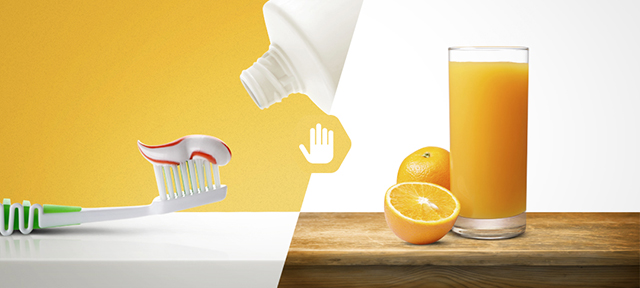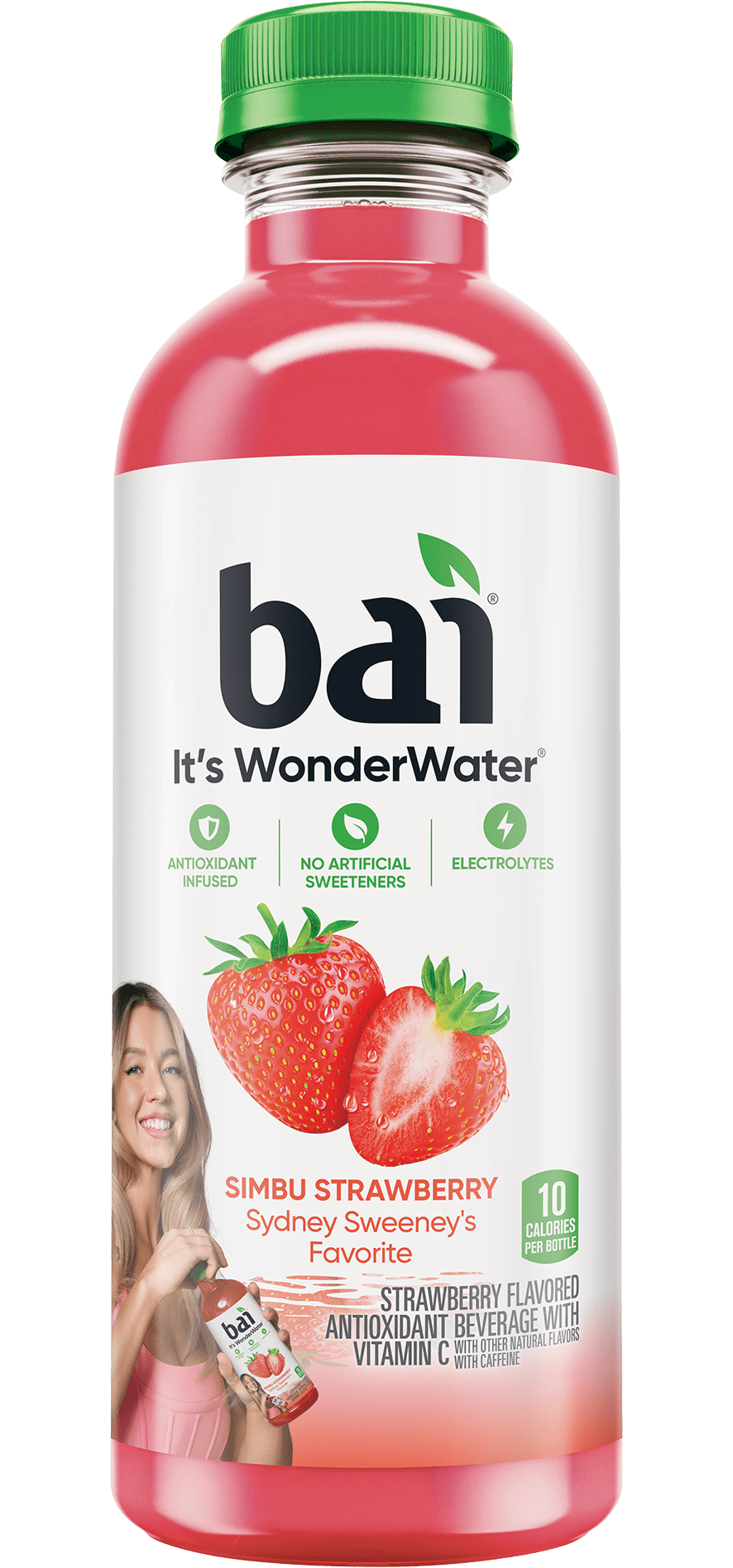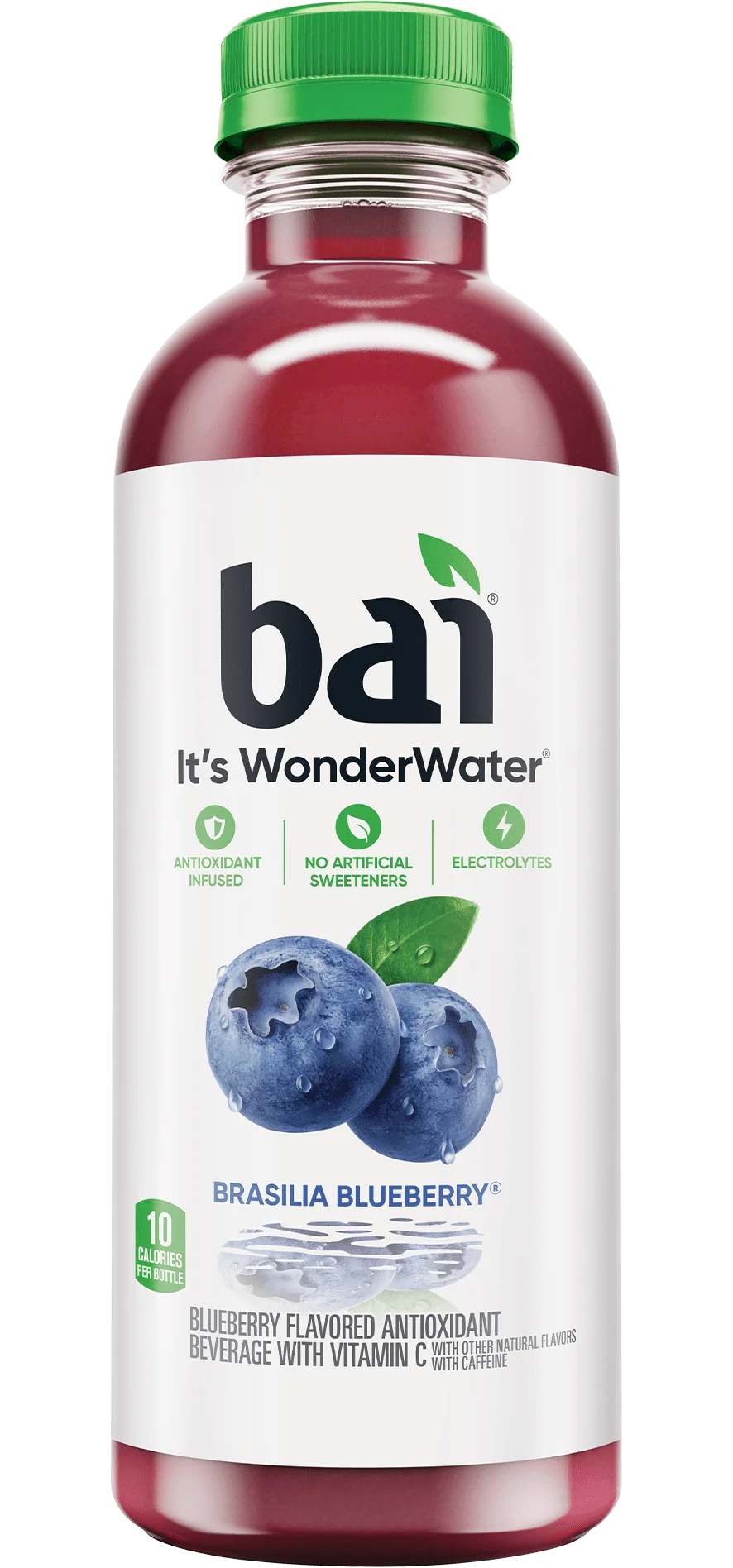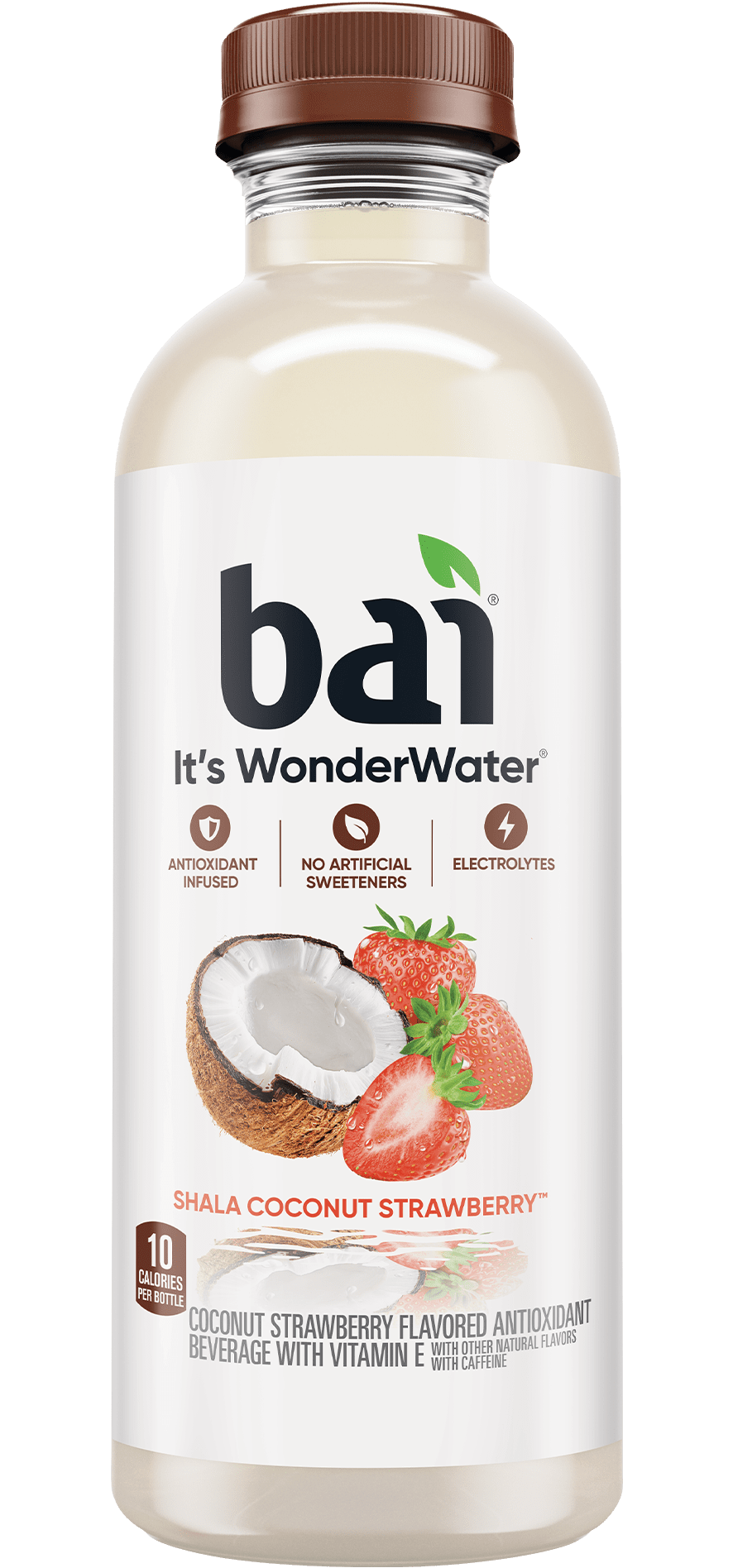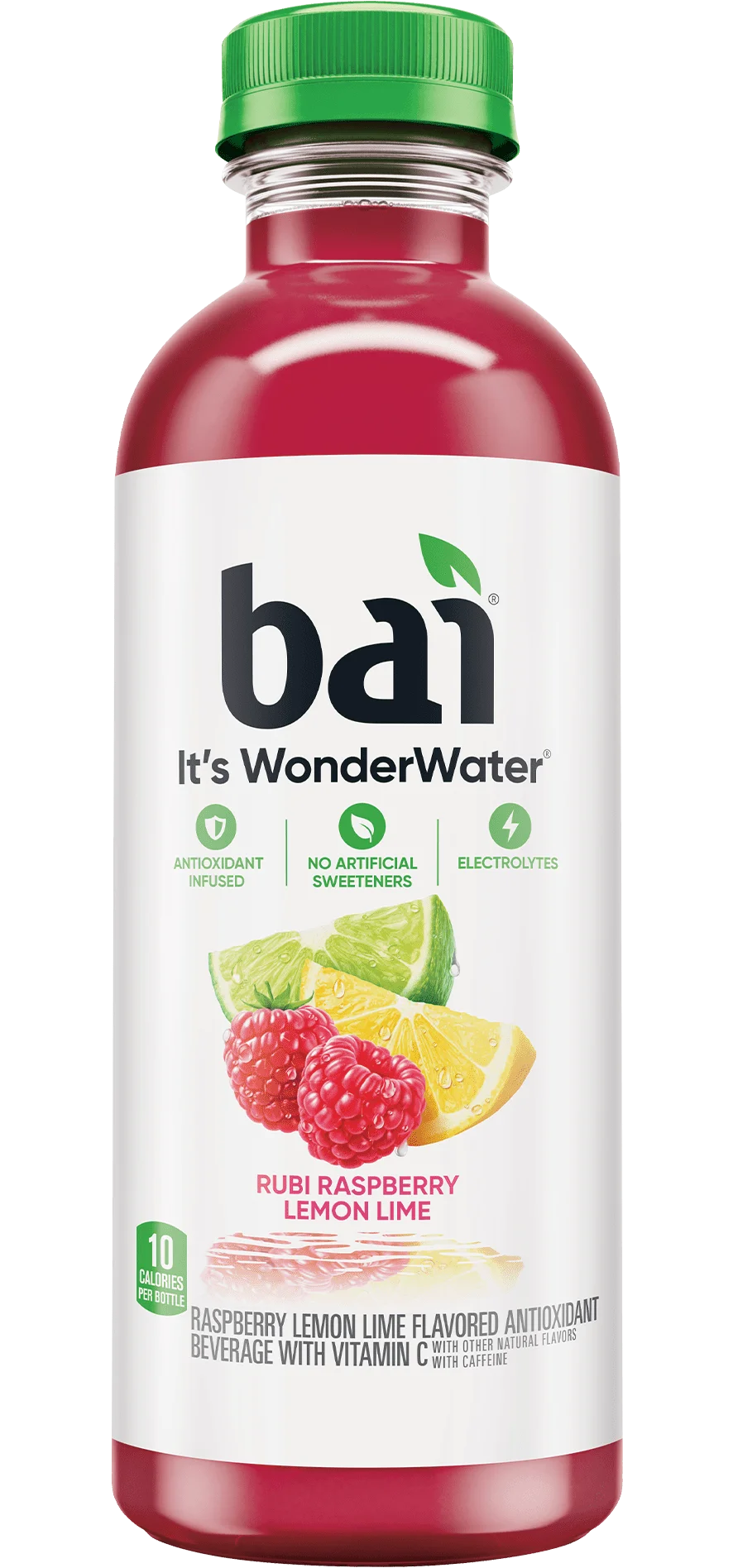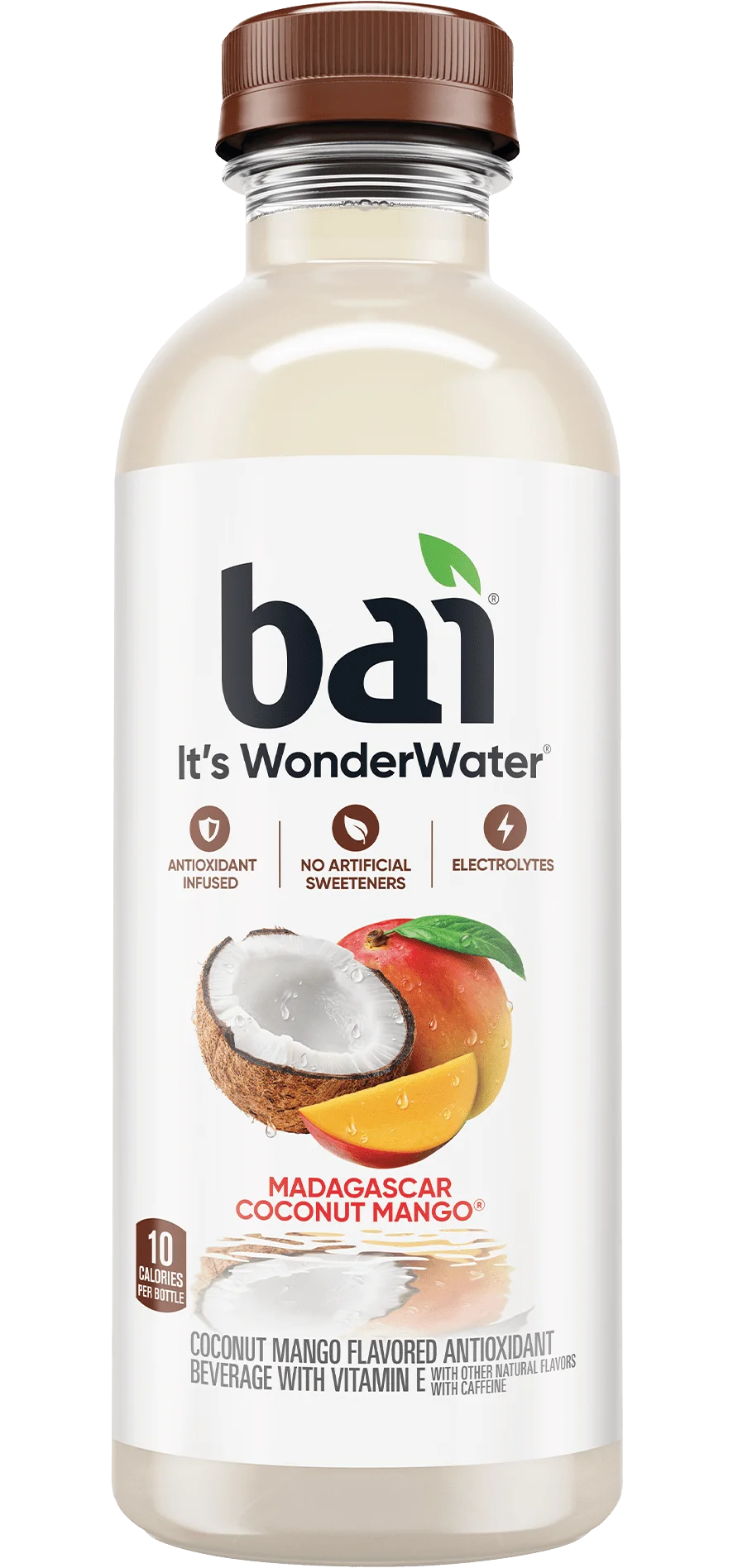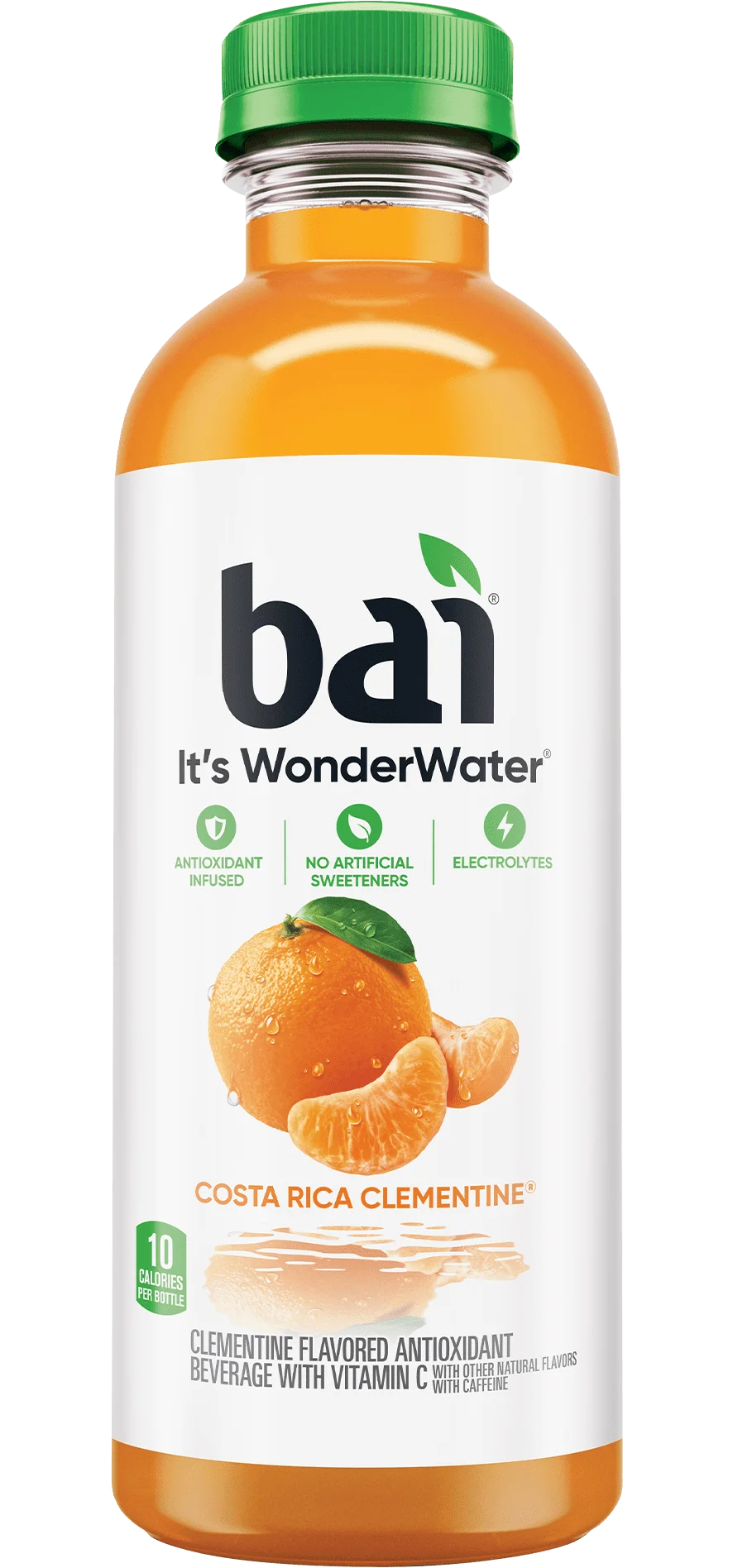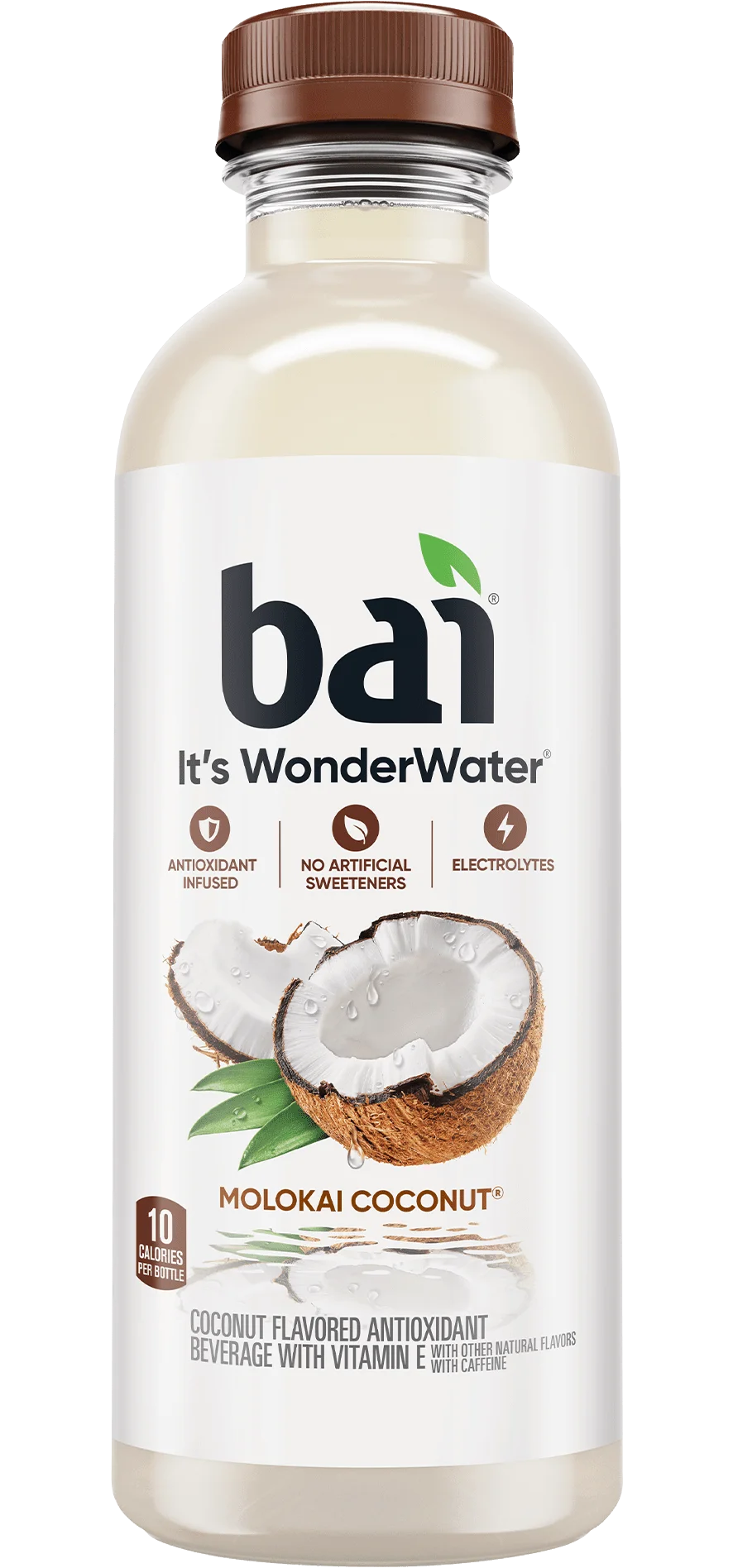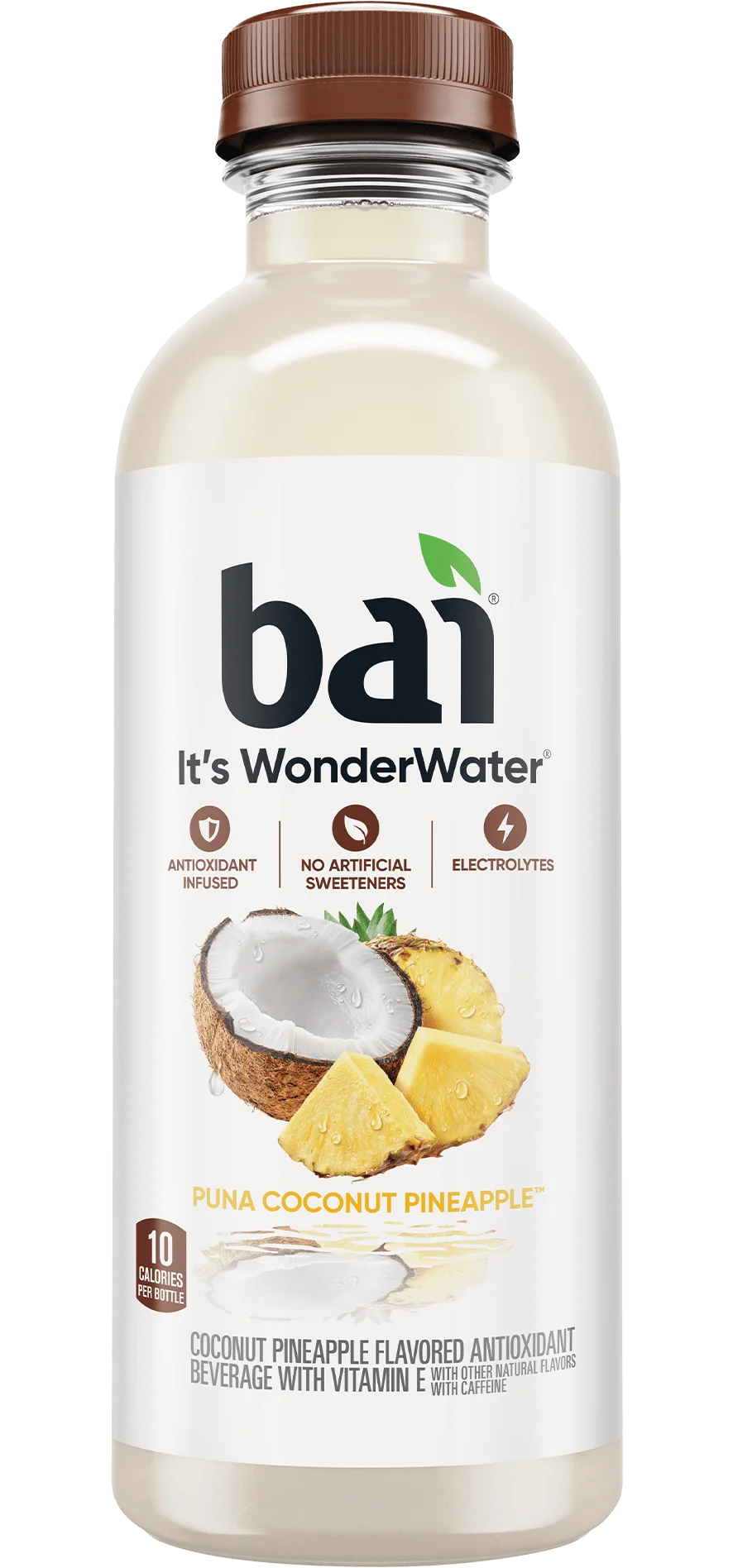Now I Know Liquid Edition
By Dan Lewis
Hopefully, your morning routine involves a trip to the bathroom sink to brush your teeth — the American Dental Association (ADA) recommends brushing twice daily, after all. And maybe, your routine also involves juice as part of your breakfast. But if you’ve had that morning OJ too soon after brushing your teeth, you already know how terrible that idea is.
Here’s why.
When you put toothpaste on your toothbrush, it just sits there, covering the bristles that it’s touching and not moving onto the other ones or onto the floor below. But when you start brushing, the stuff foams up and goes everywhere. That’s by design — you want to toothpaste to be neat and tidy before it enters your mouth, but once inside, you want it to spread, cleaning your teeth as much as possible. The foaming action helps this happen.
That foaming action is caused by one of two compounds typically found in toothpaste, called a sodium lauryl sulfate (SLS) or sodium lauryl ether sulfate (SLES). These are known as a surfactant — a compound which lowers the surface tension between, in this case, a liquid and a solid. (The toothpaste, which is an emulsion or gel, is considered a liquid for these purposes; your teeth are the solid.) Unfortunately for fans of morning juice — and, for that matter, any other liquid beyond water — both SLS and SLES have two nasty little side effects.
The first, it screws with our taste buds. The compounds inhibit our ability to taste sweetness, which means that the other qualities of our beverage are, relatively, more pronounced. (Imagine drinking sweetened iced tea and have it taste like the unsweetened stuff, but the extra calories are still there.) Second, our mouth typically has something called phospholipids in it, which tend to soften the bitterness effect from the foods we eat and beverages we drink. Unfortunately, SLS and SLES both tend to break down phospholipids, making them unable to do so. As a net result, sweetness is repressed while bitterness is enhanced — and your tasty beverage becomes not-so-tasty.
The easy solution, of course, is to wait a bit between brushing your teeth and grabbing a drink, or start with some water instead. But if you insist upon chasing your toothpaste with a beer or Bai, there’s a work around — there are some toothpastes out there without surficants included among the ingredients.
BONUS FACT: Considering getting around the problem by starting with the OJ, waiting a few minutes, and then brushing your teeth? Taste-wise, that may work. But brushing after drinking orange juice — or anything else acidic — isn’t a good idea from a dental perspective. According to the ADA, acidic foods and drinks weaken the enamel in your teeth, and brushing shortly thereafter can result in the removal of some of that enamel. The ADA suggests waiting at least 30 minutes to brush after eating anything acidic.
Dan Lewis is the author of the wildly popular daily newsletter Now I Know, which shares something interesting every day.

